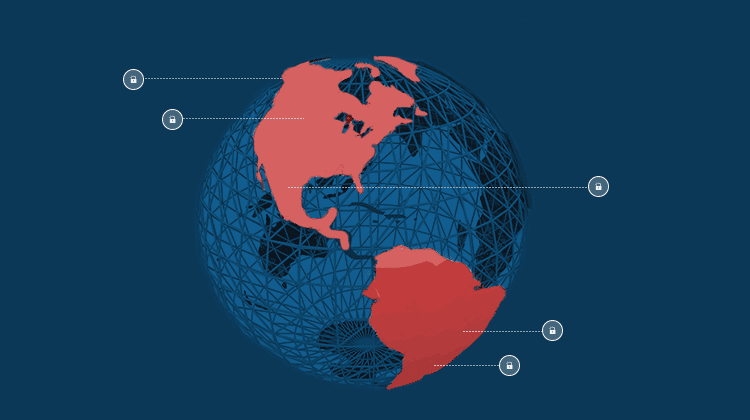Fraud Around the World
It’s all too common for US online retailers to avoid encouraging international business out of fear that the pros of a wider market, higher visibility and more sales will be offset significantly by a higher rate of fraud.
And this fear isn’t unfounded; the 2014 LexisNexis True Cost of Fraud Study found that fraud loss as a percent of revenue grew significantly in 2014 – nearly twice as much as that of domestic-only merchants. It’s a real and reasonable fear.
He Who Dares, Gains
Despite the risk, e-commerce merchants are very aware of the advantages of going global, and many would like to take or develop their place on the international retail stage.
To do so without being held back by fear of fraud, or outdated approaches such as blacklisting which simply rule out entire countries or continents, retailers need actionable information.
Not all countries are created equal when it comes to fraud, and understanding both the specific differences and the reasons behind them, as well as the trends that those represent, is enormously valuable in enabling merchants to plan both business growth and fraud prevention as parts in one unified whole.
That is why Forter recently released research reflecting our knowledge of transactions, both genuine and fraudulent, from around the world.
Global Fraud Trends Research
The research has brought to light some interesting patterns that retailers would do well to bear in mind going forward.
For one thing, it illustrates clearly the differences between locations when it comes to fraud – and the danger of relying on general assumptions. For example, Europe shows well when it comes to fraud rates, coming in under the average, and four of the 5 least fraudulent countries are European. That said, one of the countries in the 5 most fraudulent countries is Romania, located in Europe! Precise information is key; assumptions won’t be enough for accuracy.
Additionally, the research shows the huge impact of the local social and economic factors on fraud rates, for better and for worse.
For better
The countries which come out with a particularly good score – meaning low fraud rates – are generally those which also have a high rating in the global Transparency scoring.
For worse
What do you get when you combine weak economic conditions and decent internet infrastructure? Crime. Specifically, internet fraud. The countries with the highest fraud rates are mostly those where the population, broadly speaking, experiences lower levels of economic success.
Fraud on Mobile
If you’re considering global fraud, no study would be complete without an exploration of the connection between operating system and fraud. Android users love Android – but so, as it turns out, do fraudsters!
The same flexibility that allows users to adapt their phones to their specific needs is a blessing for fraudsters, too – because it allows them to do just that!
Find Out More
Want to find out more, and dig into the details of this global fraud research? Check out the in-depth article on CNBC.



